- About us
- Support the Gallery
- Venue hire
- Publications
- Research library
- Organisation chart
- Employment
- Contact us
- Make a booking
- Onsite programs
- Online programs
- School visit information
- Learning resources
- Little Darlings
- Professional learning
Nicholas Chevalier (1828–1902) was a Russian-born painter, lithographer and illustrator who was sent by his father to the Victorian goldfields in late 1854 to tend to family investments. While in Bendigo, he sketched and painted several landscapes before returning to Melbourne to work as a cartoonist for the Melbourne Punch. He introduced the practice of lithography and chromolithography to Victoria and was one of the earliest to make drawings for illustrated newspapers, including The Australian Journal and Victoria Illustrated. In 1862, Chevalier was appointed the official artist for a three-month geological tour of Victoria, where he completed a great many sketches and paintings of the landscape. The expedition was said to have informed his work The Buffalo Ranges (1864), the first work painted in Australia to be acquired by the National Gallery of Victoria. When the Royal party visited Australia in 1867 and 1868, Chevalier accompanied the Duke of Edinburgh ‘up country’ and made such an impression on him that he was invited to accompany the Duke on tour. He travelled extensively throughout the colonies in the late 1860s and to New Zealand, making a large collection of paintings in oil and watercolour. His paintings of New Zealand scenery were exhibited in London as a way of directing tourists to the picturesque islands. Queen Victoria admired Chevalier’s rendering of the landscape so much she purchased several for her private collection. Her son King Edward VII engaged Chevalier to paint several works thereafter. It was once stated that Chevalier’s ‘accuracy of delineation, breadth and depth of colouring, and so thoroughly artistic an observance of the fitness of things, constituted a painting of no ordinary excellence.’ Chevalier settled in England in 1871 and exhibited annually at the Royal Academy between 1871 and 1887 and in 1895.
Henry James Johnstone was born in Birmingham in 1835 and studied at the Birmingham School of Design before joining his father’s photographic firm. He arrived in Victoria in 1853 and spent three years on the goldfields before returning to Melbourne and opening a studio in Bourke Street with Emily Florence Kate O’Shaughnessy in 1862. Initially trading as Johnstone & Co, it became Johnstone, O’Shannessy & Co in 1864. They operated in premises next door to the GPO until 1886 and were awarded a medal at the 1866 Intercolonial Exhibition. Johnstone meanwhile continued his art studies, taking lessons from Charles Summers and Louis Buvelot, and later under Thomas Clark at the National Gallery School. According to one historian, Johnstone toured Victoria with HRH Prince Alfred The Duke of Edinburgh during his visit in 1867–1868, by which stage Johnstone, O’Shannessy & Co. was one of Melbourne’s most fashionable photographic studios. O’Shaughnessy – whose name appears always to have been misspelt – is believed to have left the business around 1870, although the studio continued to trade under the Johnstone O’Shannessy name. From 1872 Johnstone exhibited paintings with the Victorian Academy of Arts. He left Melbourne in the late 1870s and was reported to be living in California when four of his paintings were shown at the Victorian Academy of Arts exhibition in 1879. By 1881 he was in England, exhibiting regularly at the Royal Academy until 1900. He died in 1907.
Collection: National Portrait Gallery
Purchased with funds provided by Graham Smith 2009
Graham Smith (18 portraits supported)



On one level The Companion talks about the most famous and frontline Australians, but on another it tells us about ourselves.
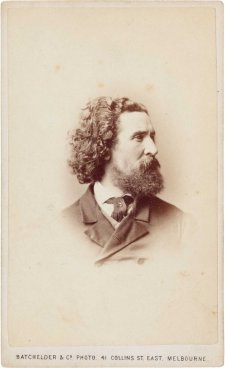
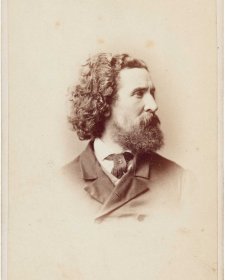
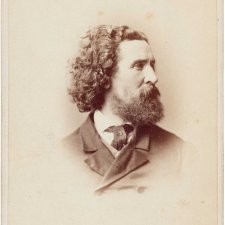
Joanna Gilmour discovers that the beards of the ill-fated explorers Burke and Wills were as epic as their expedition to traverse Australia from south to north.
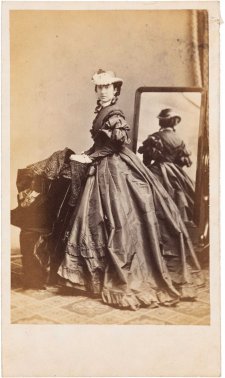
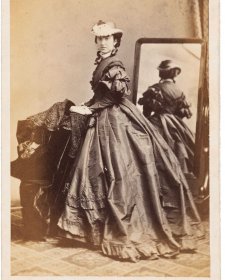
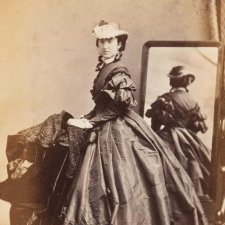
Drawn from the NPG’s burgeoning collection of cartes de visite, Carte-o-mania! celebrates the wit, style and substance of the pocket-sized portraits that were taken and collected like crazy in post-goldrush Australia.